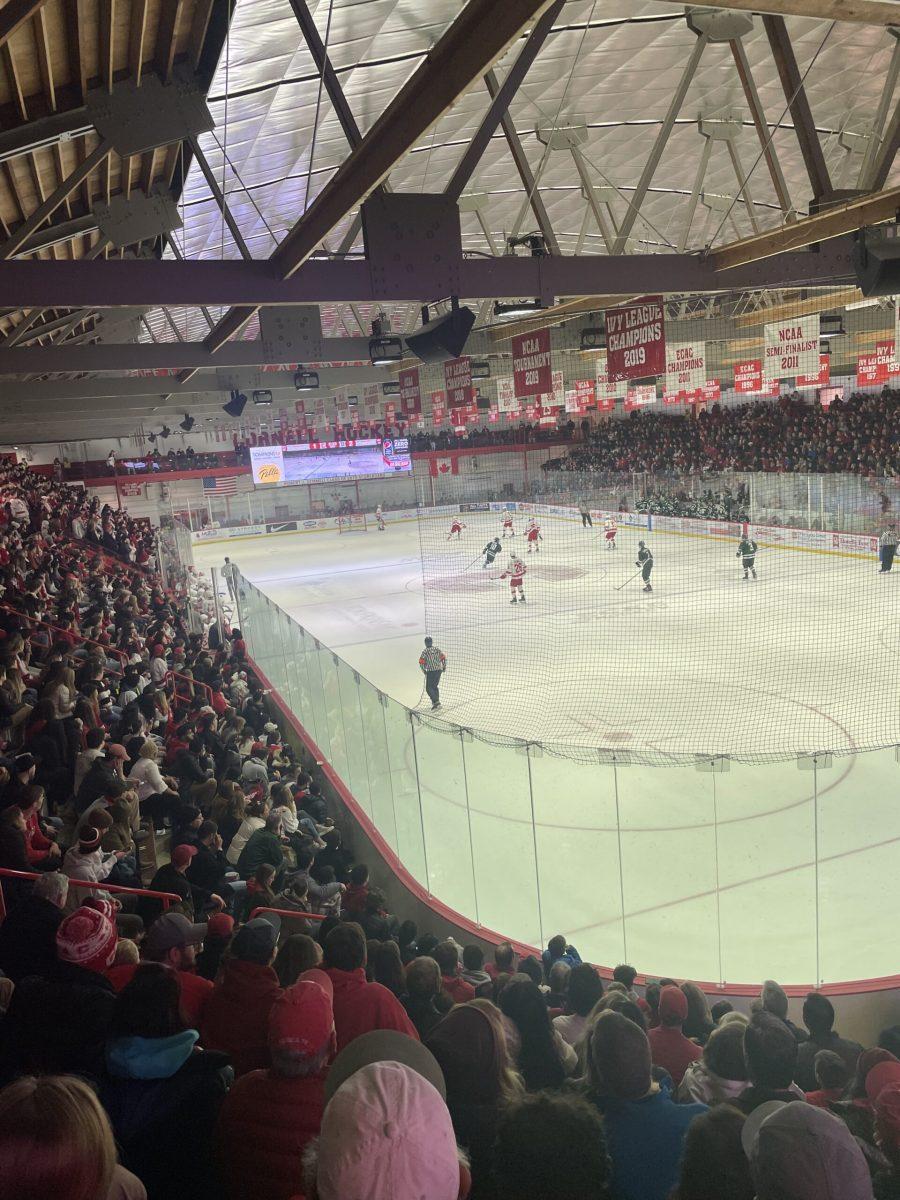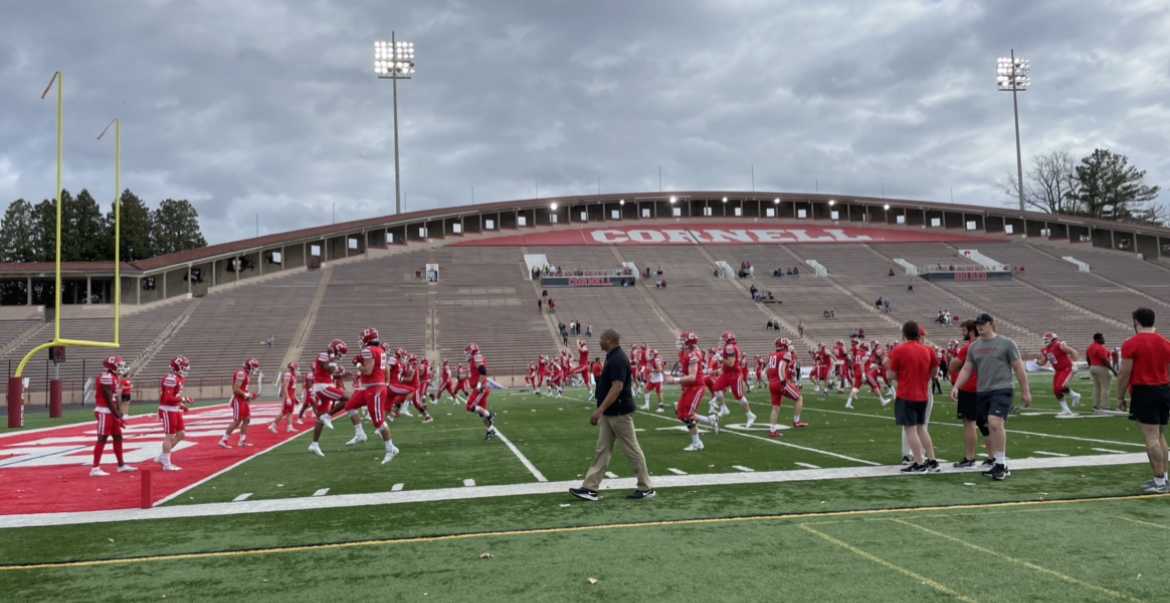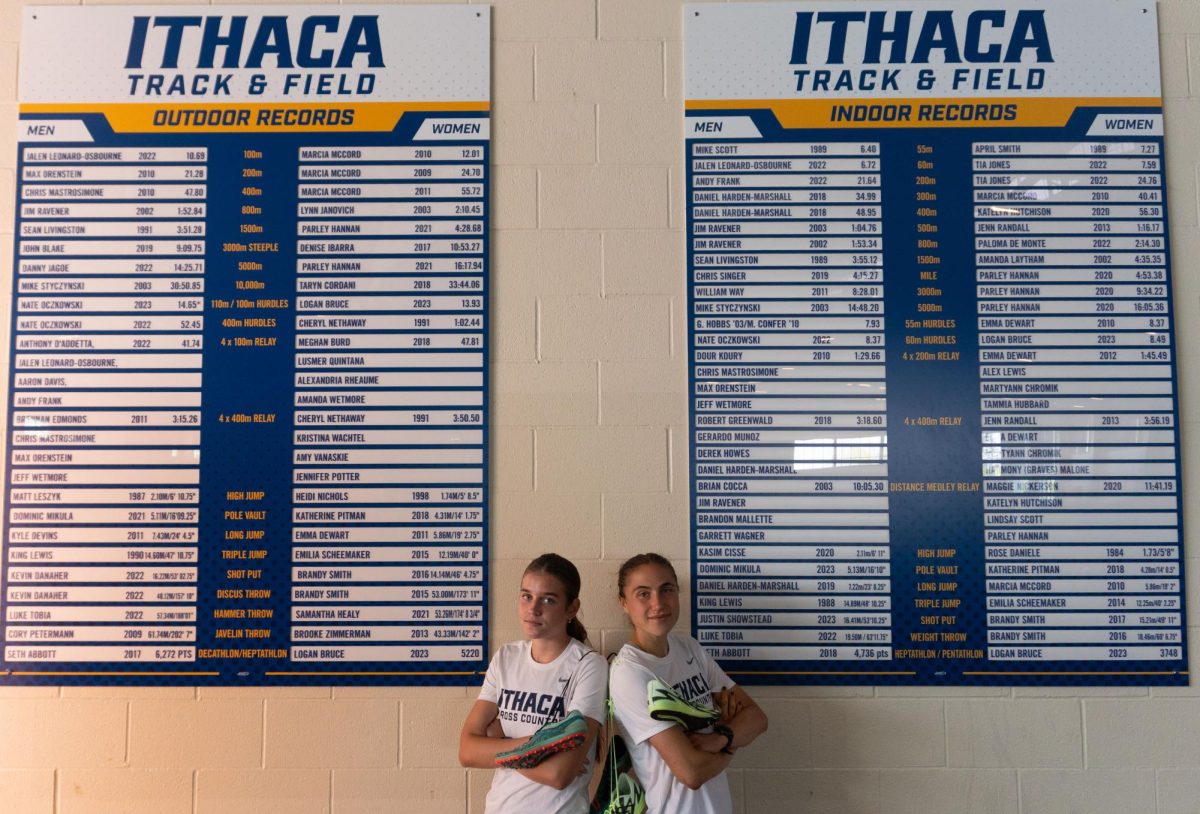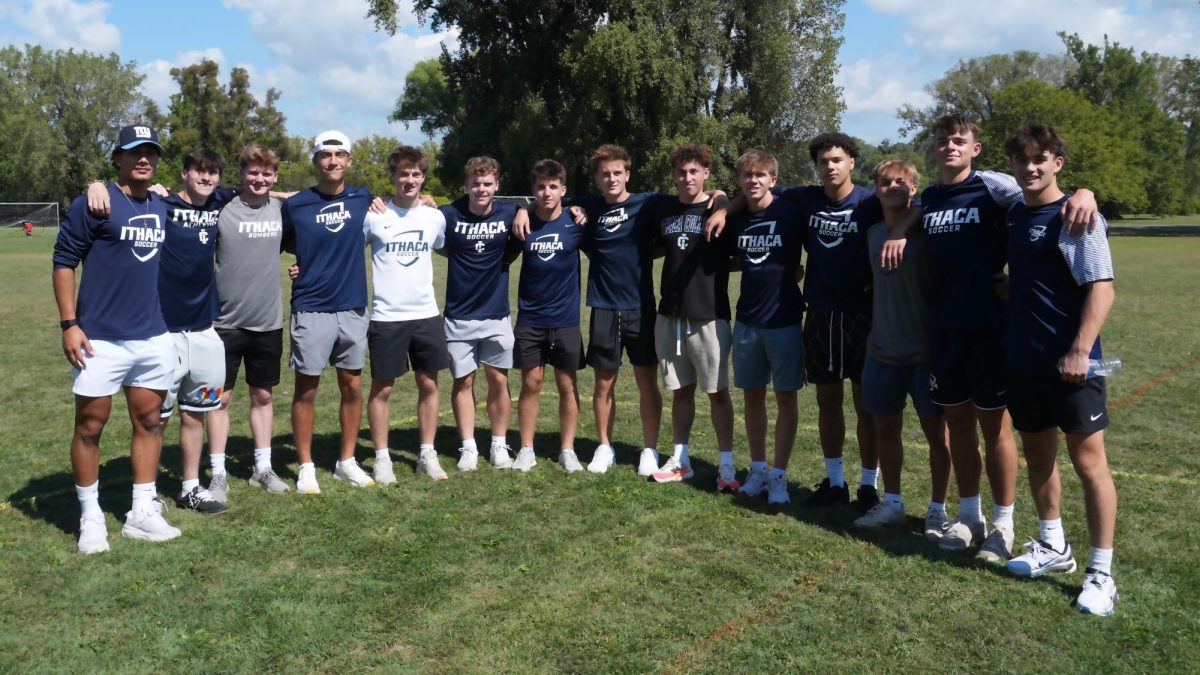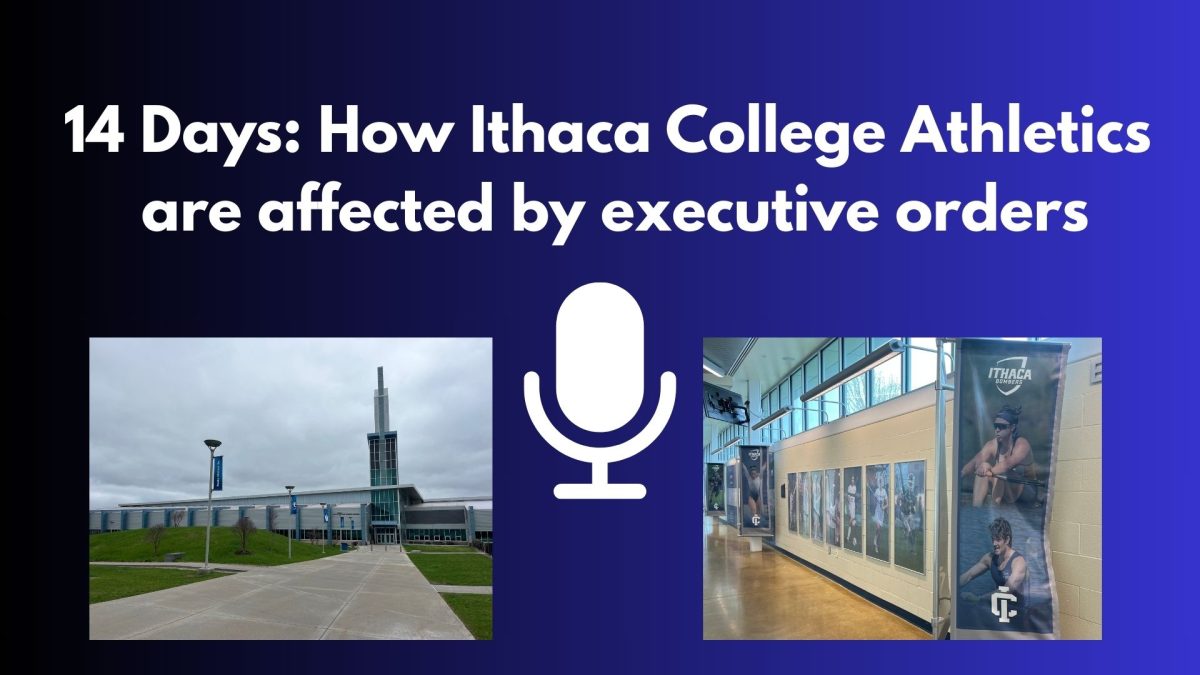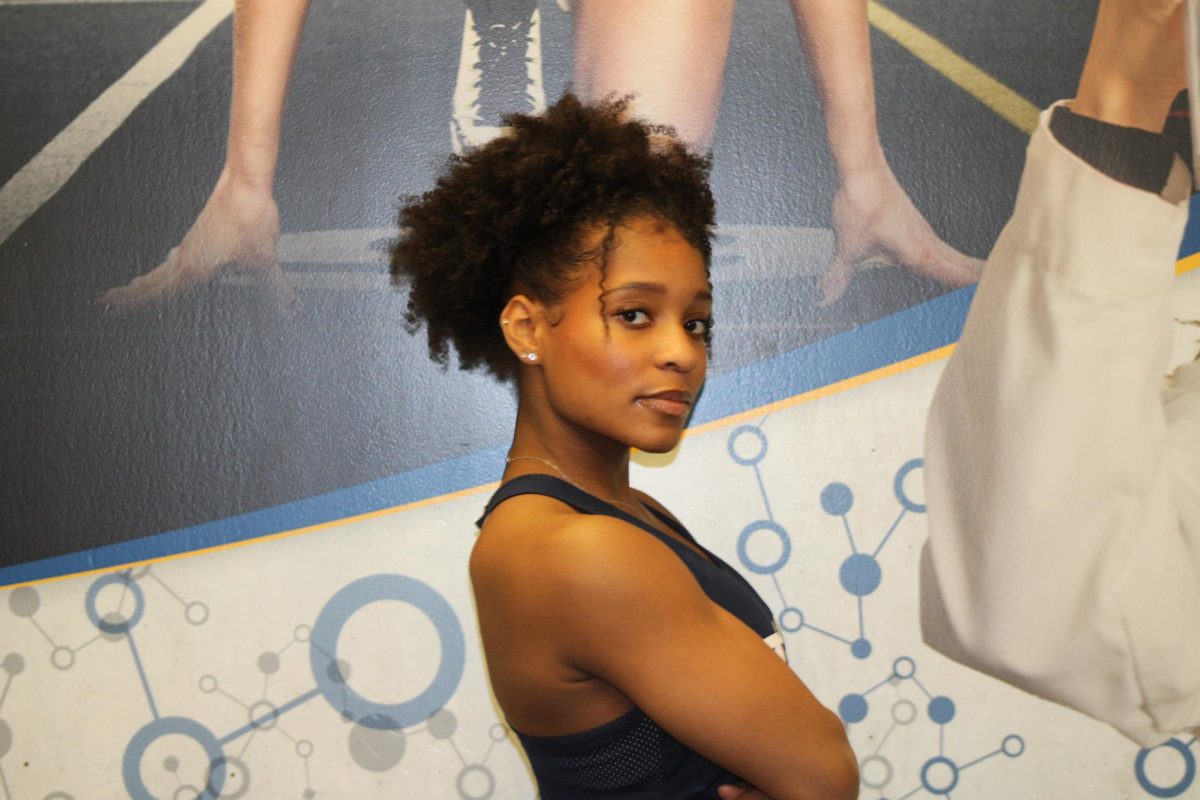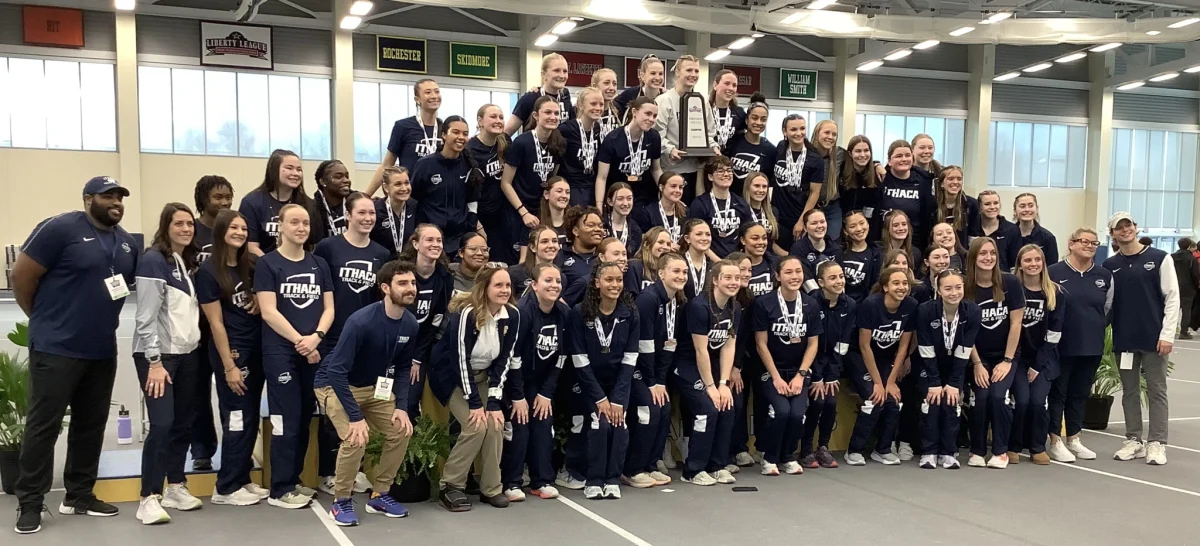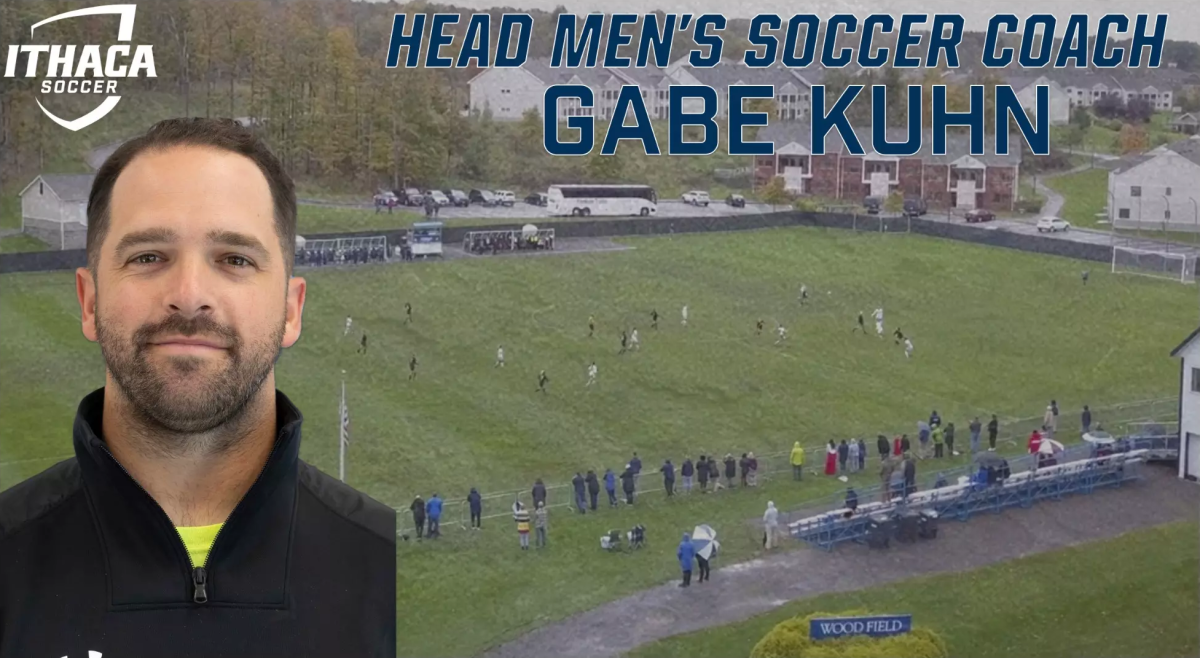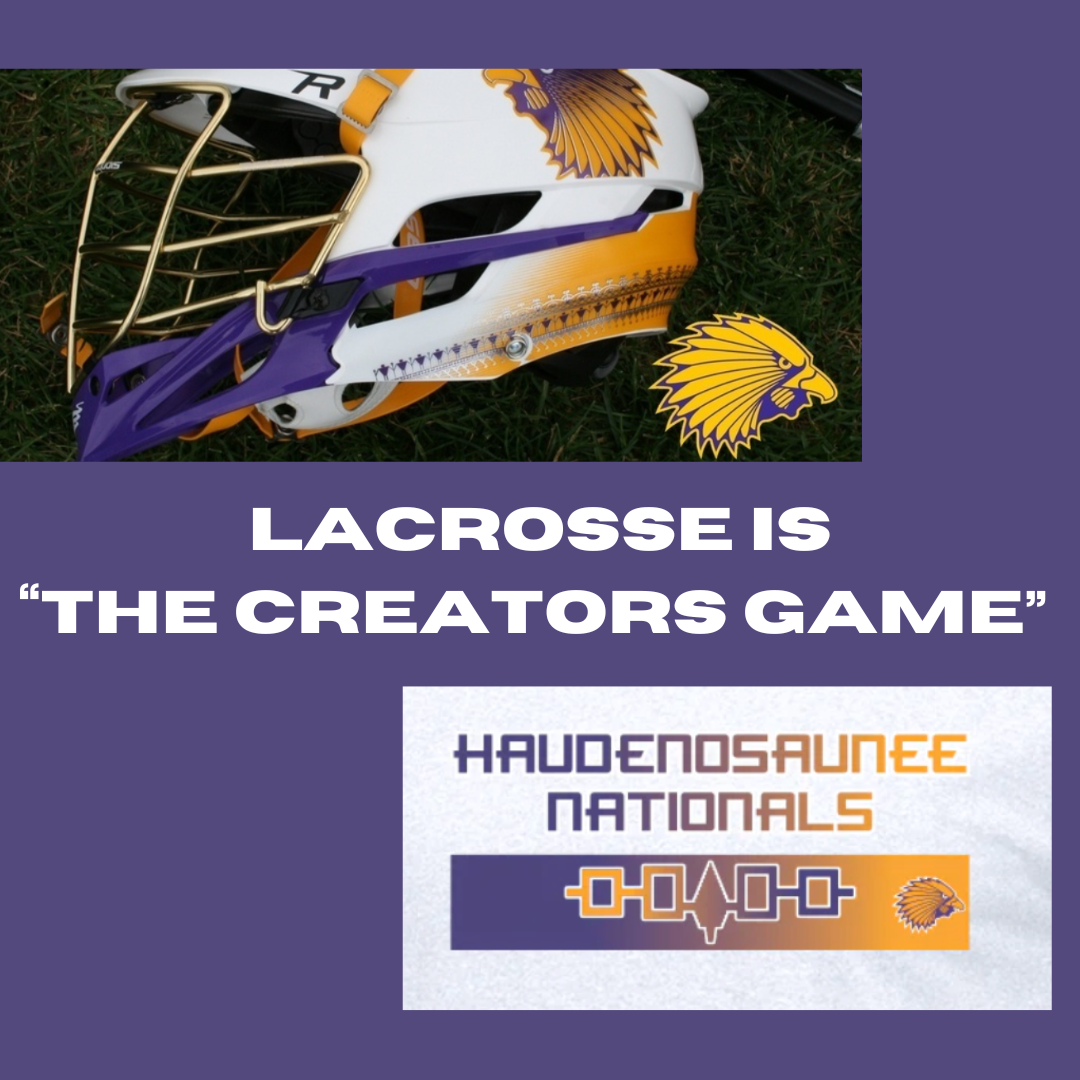Competing in the NCAA league is the best opportunity to make the transition from a college team to a professional or on an Olympic team, said Derraugh. “The attraction for the Canadians is the NCAA.” Derraugh, a Cornell alum, made it to the NCAA tournament in his senior year.
“The [Canadian Interuniversity Sport] is a great league, but the NCAA has always been a dream of mine” said Sydney Smith, a sophomore defenseman.
Coming to the U.S. to play hockey offers stronger competition. A junior defenseman also from Canada, Cassandra Poudrier, said that in the U.S. she is playing against “stronger teams, more teams and better players.”
“I decided to play in the United States because the caliber of the college level was much stronger,” Poudrier said.
However, when it comes to hockey culture, the sport isn’t as popular in the United States as it is in Canada, Smith said. “Not a lot of Americans play hockey, they either grew up in a hockey culture where they live and breath hockey just like Canada or they weren’t very exposed to it.” Which is a contrast to the environment she grew up in. “In Southern Alberta, every single person played hockey, or at least tried it when they were little, or knew about it.”
The American teammates agree, and some are jealous they too weren’t raised in a hockey-enthused culture.
“Hockey in the U.S. doesn’t even compare to Canada,” Anna Zorn, a junior forward from New York said. “I wish I had the same opportunities as a Canadian player.”
“I think Canadians take it seriously.” Jess Brown, a junior forward and also an American player said. Brown grew up in Ohio and said there was only one girls’ hockey team in in Cleveland. “I played on a boys’ team since I was 16.”
Both Smith and Poudrier have goals to play on the Canadian Olympic team. Smith also would like to play in the Woman’s professional league in Canada or, like Coach Derraugh, play in Europe. “I don’t intend to take years off I want to jump right into anywhere in the hockey field that I can.”
Recently, Cornell women hockey players have had success in making it to the Olympic level. In the 2014 Winter Olympics, four of the team members on Team Canada were former Big Red players.
The team has a little time off before off-ice training begins, but Coach Derraugh already knows what needs to happen before next season. The team is losing three top scorers, not only on Big Red but also in the entire country. “So someone is going to have to step up offensively for us,” Derraugh said.
After playing professionally in Europe for 13 years, Derraugh returned to Cornell in 2005, as head coach for the women’s hockey team. In a program that won only four games in the season prior to Derraugh’s return, his leadership brought Big Red to the national title game in his fifth season. Then in 2010, 2011 and 2012 the team made it into the NCAA Frozen Four.
Compared to other colleges, Derraugh believes that Cornell does value hockey more than others. “I am lucky to be at a place where ice hockey is one of the top sports in the school with great hockey tradition,” Derraugh said.
When the clock runs out, the scoreboard reads HARVARD 7, CORNELL 3. The Cornell women’s hockey team’s fate for the NCAA tournament was now out of their control, and passed along to a final bid in the NCAA Selection Show. Ranked 9th in ECAC, their bid never came and the season came to a close at 19 wins, 11 losses, and 3 ties.



